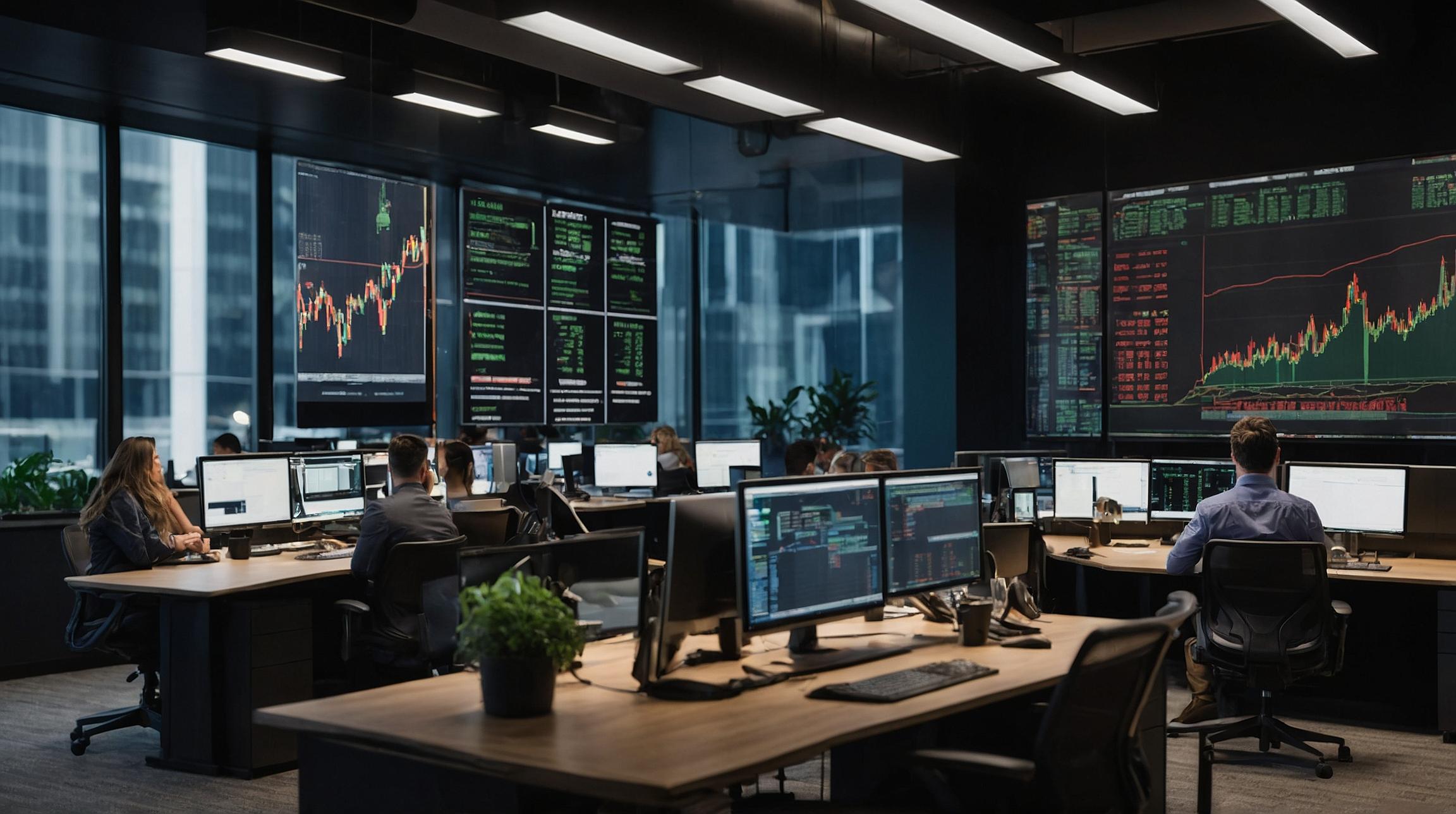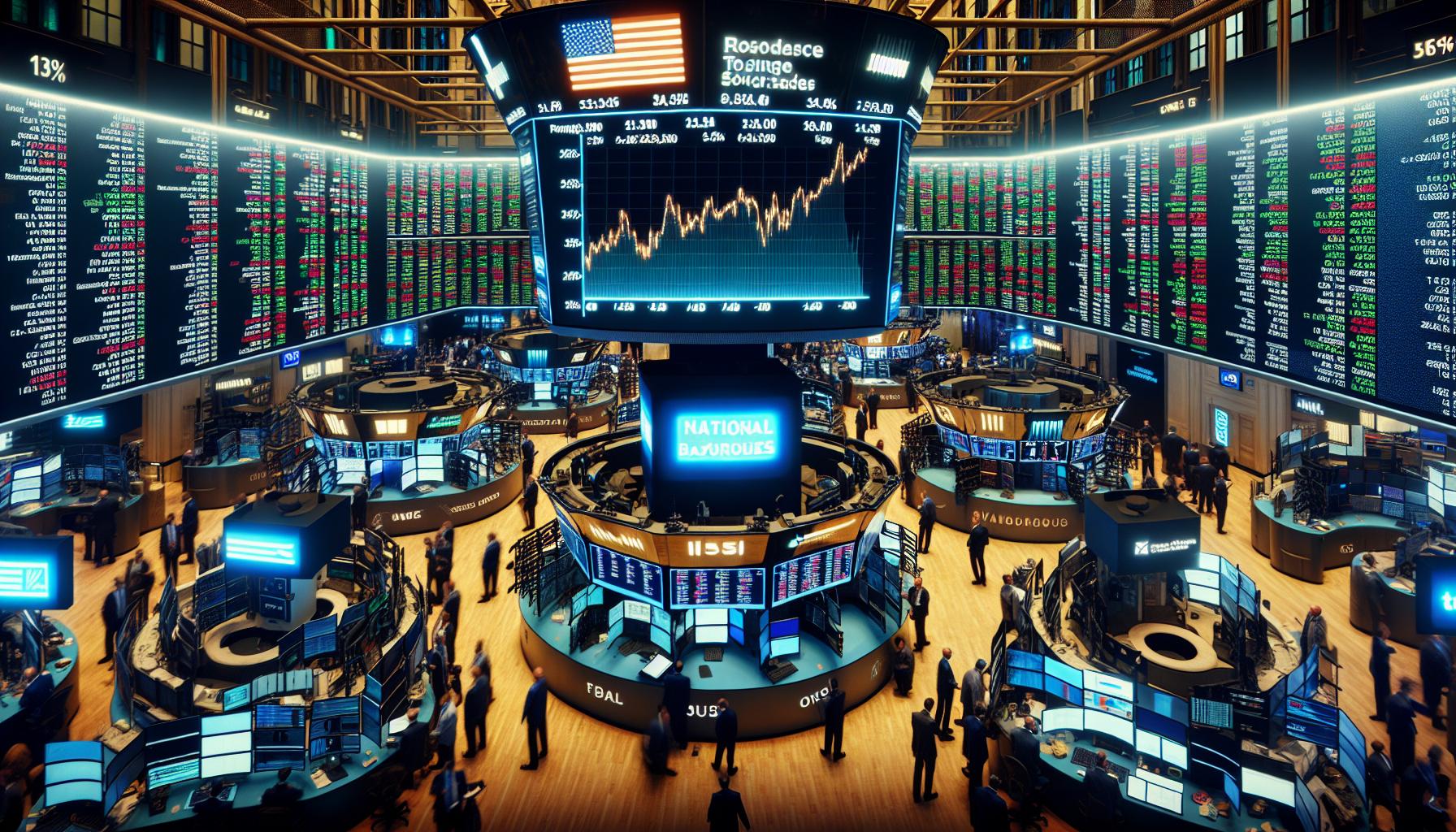Huawei Launches Atlas 950 AI SuperCluster to Rival Nvidia Amid US-China Semiconductor Tensions
On September 18, 2025, Huawei unveiled its latest AI computing system, the Atlas 950 SuperCluster, designed to significantly boost artificial intelligence processing power using its proprietary Ascend chips. Scheduled for release as early as 2026, this system represents Huawei’s intensified effort to challenge US semiconductor giant Nvidia amid ongoing export restrictions imposed by the United States.
Scaling AI Power Through Massive Chip Clusters
Huawei’s Atlas 950 supernode will integrate up to 8,192 Ascend chips, with the full supercluster comprising more than 500,000 chips. The company outlined plans to launch three additional Ascend chip versions through 2028, each promising to double computing power compared to the previous generation. By 2027, Huawei aims to introduce the Atlas 960 supernode, capable of supporting 15,488 chips per node and exceeding one million Ascend chips in total across the supercluster.
Huawei’s approach relies on aggregating vast numbers of domestically developed chips to compensate for the performance gap created by US sanctions restricting access to cutting-edge semiconductors. This strategy contrasts with Nvidia’s focus on fewer, higher-performing processors.
Claims of Superior Performance Versus Nvidia
Vice Chairman Eric Xu asserted that the Atlas 950 supernode would deliver 6.7 times the computing power of Nvidia’s NVL144 system, also slated for release next year. Xu further predicted that Huawei’s system would outperform Nvidia’s next-generation Blackwell architecture set for 2027 and surpass Elon Musk’s xAI Colossus supercomputer by 30% in computing capacity.
While Huawei’s claims have not been independently verified, analysts note the company’s aggressive scaling model and government backing underscore its ambition to become a global AI leader. George Chen, partner at The Asia Group, cautioned that Huawei might overstate technical capabilities but acknowledged the company’s rapid progress amid China’s policy emphasis on chip self-reliance.
Industry Deployment and Market Context
Huawei has already deployed over 300 Atlas 900 A3 supernodes across telecom, manufacturing, and other sectors, demonstrating growing commercial traction. The announcement coincides with increased Chinese government efforts to promote indigenous chip technology and curb reliance on US suppliers.
Recent trade discussions between the US and China, including talks in Spain addressing issues like TikTok’s US operations, have not eased restrictions on semiconductor exports. Additionally, China recently extended an antitrust probe into Nvidia, applying further pressure on the American chipmaker. Reports indicate that Chinese tech companies have been ordered to halt testing and purchasing Nvidia’s RTX Pro 6000D chips, contributing to a more challenging market environment for Nvidia in China.
Nvidia CEO Jensen Huang expressed disappointment over these developments but has acknowledged Huawei as a formidable competitor.
Conclusion
Huawei’s Atlas 950 SuperCluster announcement signals a strategic intensification in the AI chip rivalry between China and the US. By leveraging large-scale chip clustering and advancing its Ascend chip roadmap, Huawei aims to offset US technology restrictions and contend with Nvidia’s dominance in AI computing infrastructure. The coming years will be critical in assessing the actual performance and market impact of these competing systems amid evolving geopolitical and technological dynamics.
FinOracleAI — Market View
Huawei’s introduction of the Atlas 950 SuperCluster represents a significant escalation in China’s AI hardware ambitions, leveraging scale to mitigate the impact of US semiconductor export controls. This development poses a growing competitive threat to Nvidia, particularly within China’s domestic market, where regulatory pressures and government support favor local chipmakers.
However, uncertainties remain regarding the actual performance parity with Nvidia’s advanced GPUs and the broader global adoption of Huawei’s systems. Market participants should monitor Huawei’s deployment progress, performance benchmarks, and US-China trade relations, as these factors will influence competitive dynamics and supply chain stability in the AI semiconductor sector.
Impact: neutral













